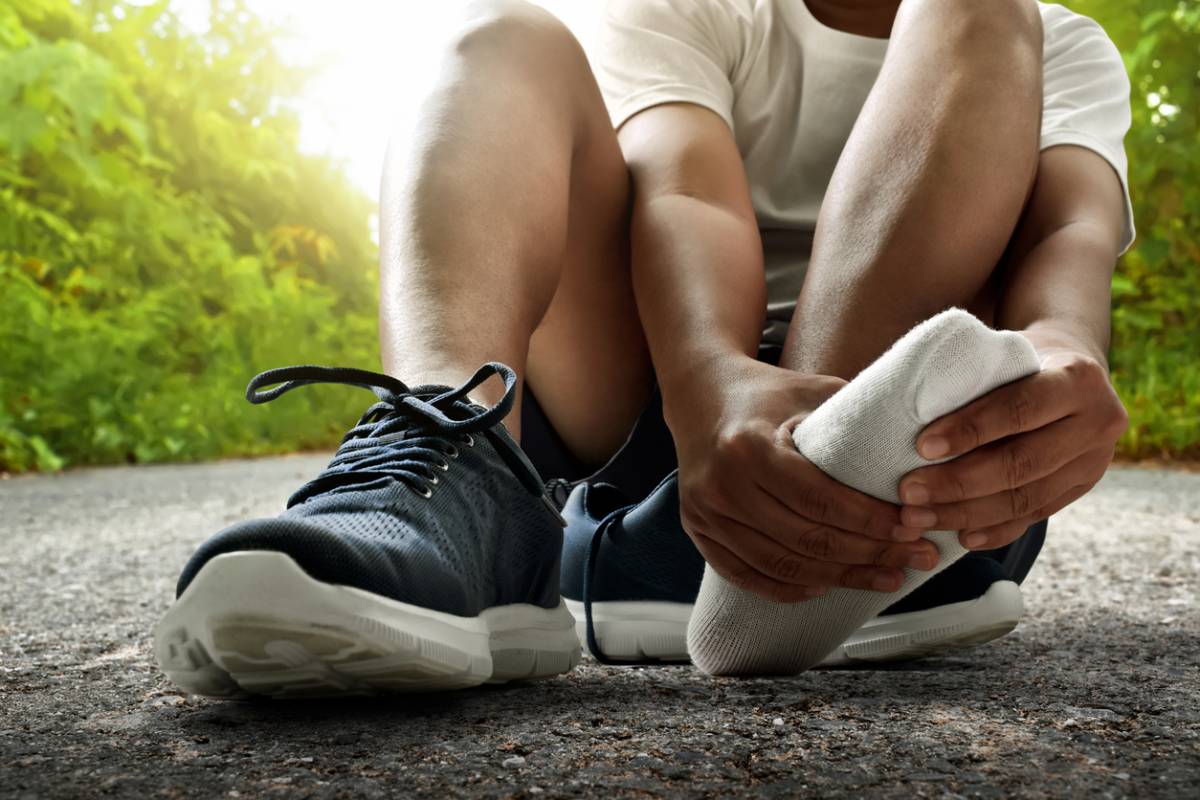Bunions are a common issue that between 10 to 25% of people have. So it’s time we put together a basic guide to bunions.
While they are highly prevalent, many people often don’t know how to deal with the condition. This is problematic as bunions can be highly painful, sometimes even making it difficult to walk. You may not know whether you have bunions or not, but if you are feeling pain in your foot, you should seek medical attention. Prolonged periods of abnormal walking to compensate for the pain can lead to more issues.
Basic Guide to Bunions
Below you find a basic guide to bunions so you no longer have to suffer through the pain.
Causes of Bunions
Bunions can be caused by a variety of issues, including a deformity at birth, injury, foot stress, or even genetics. Many of these causes are often out of one’s direct control. With that, there are certain risk factors that can cause bunions, or make them worse. Wearing high heels or poorly fitted shoes can be a major risk factor when it comes to bunions. This is because they often crowd your toes and are too narrow.
This causes issues with your toes which can in turn lead to bunions. Rheumatoid arthritis is another risk factor as the inflammatory condition can make you more likely to develop bunions. Women are often at a higher risk for bunions, so it’s important to pay close attention to your foot health, especially if you experience foot pain regularly.
Symptoms of Bunions
If you feel foot pain and are concerned you may have bunions, it’s important to seek medical attention. Below are some of the common symptoms of bunions that should alert you to head to the podiatrist.
- Swelling, redness, or soreness around your big toe joint
- Pain (both ongoing and intermittent)
- Limited movement in your big toe
- A bulge or bump on the outside of your big toe
- Muscle spasms in the affected foot (or feet)
- None of your shoes fit properly due to the shape of your big toe
- Corns or calluses on your first (big toe) and second toes
Bunion Treatment
Waiting for treatment can worsen the issue and even lead to problems beyond just your bunions. A skilled podiatrist will be able to diagnose and treat your bunions. Most often bunions require surgery. Bunion surgery in LA is straightforward and painless. It also has a high success rate and a very short recovery period. The focus of the treatment is to get you back on your feet as soon as possible. In fact, many people can walk immediately after the procedure. As long as you follow the podiatrist’s recovery instructions, you should be free from bunions for a lifetime. On top of your recovery instructions, your podiatrist will also provide you with information on how to maintain your foot health.
Bunion Prevention
While your podiatrist will work with you on an individualized plan to prevent future bunions, consider some helpful tips to keep your feet bunion-free. Focusing on your shoe selection is key when it comes to your overall foot health. Avoid high heels, pointed toes, and shoes that are unsupportive like flip flops. You should also focus on keeping your foot muscles strong. This can help your feet support themselves when you walk, in addition to the assistance of supportive shoes. Talking with your podiatrist regularly about any pain or discomfort is important as it is crucial to address any potential foot issues as early as possible.
Podiatrist in LA
If you have been experiencing foot pain or any of the bunion-related symptoms, contact the experts at Jamfeet. They have helped countless patients who have suffered from bunions. The team at Jamfeet believe in comprehensive patient care and are focused on getting you back to full health. Contact the best podiatrist in LA today for a consultation!


